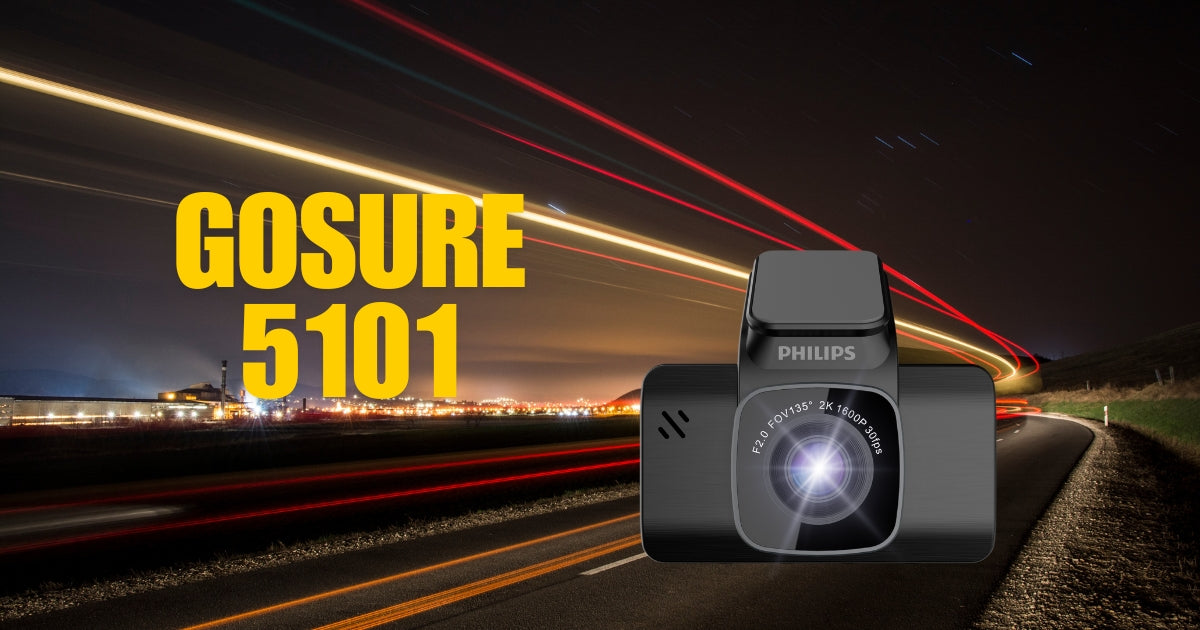Dash cameras, commonly known as vehicle dash camera, have become increasingly popular among drivers due to their ability to provide vital evidence in case of accidents, enhance road safety, and capture unexpected moments on the road. With a wide range of features available, dash cameras for cars can be challenging to determine which ones are essential for your needs. This guide will explain the key dash cam features and why you might need them.
1. Video Quality
Why It Matters: The primary function of a dash cam is to record clear and detailed footage. High video quality ensures that critical details such as license plates, road signs, and faces are easily discernible.
What to Look For:
- Resolution: At least 1080p Full HD is recommended. Higher resolutions like 1440p or 4K provide even more detail, making it easier to capture finer details.
- Frame Rate: A dash cameras for vehicles higher frame rate (30 fps or more) ensures smoother video playback, which is crucial for capturing fast-moving scenes accurately.
2. Wide-Angle Lens
Why It Matters: A camera for car dash wide-angle lens captures a broader view of the road, including adjacent lanes and shoulders, providing a more comprehensive perspective of incidents.
What to Look For:
-
Field of View (FOV): A FOV between 120 to 180 degrees is ideal. Too narrow may miss important details, while too wide can distort the image.

3. Night Vision
Why It Matters: Night vision capability ensures that the dash cam car camera records clear footage even in low-light conditions, which is crucial for night-time driving.
What to Look For:
- Infrared LEDs: Enhance visibility in complete darkness.
- Low-Light Sensors: Cameras with advanced low-light sensors can capture better-quality footage at night without the need for additional lighting.
4. GPS Functionality
Why It Matters: GPS records the vehicle’s location and speed, providing crucial data that can be used as evidence in case of an accident or dispute.
What to Look For:
- Built-In GPS: Some dash camera for vehicles come with integrated GPS, while others may require an external GPS module.
5. G-Sensor
Why It Matters: A car camera dash G-sensor detects sudden impacts or movements and automatically saves the footage around the event, protecting it from being overwritten.
What to Look For:
- Sensitivity Settings: The auto dash cam ability to adjust the sensitivity of the G-sensor to avoid false triggers from minor bumps or potholes.
6. Loop Recording
Why It Matters: Loop recording ensures continuous recording by overwriting the oldest footage when the memory card is full, so you never run out of space.
What to Look For:
- Seamless Looping: Look for dash cams that provide seamless looping without gaps between recordings.
7. Parking Mode
Why It Matters: Parking mode allows the cam dash car to record while your vehicle is parked, capturing any incidents or vandalism.
What to Look For:
- Motion Detection: Activates recording when motion is detected near the vehicle.
- Impact Detection: Starts recording when an impact is detected, even if the vehicle is turned off.
8. Wi-Fi and App Connectivity
Why It Matters: Wi-Fi connectivity allows you to easily transfer footage to your smartphone or tablet without removing the memory card. car in dash camera Apps provide a convenient way to view, download, and share videos.
What to Look For:
- User-Friendly App: Ensure the associated app is easy to use and offers features like live viewing, video management, and settings adjustment.
9. Dual Cameras
Why It Matters: Dual-camera setups provide both front and rear coverage, offering a complete view of the road and enhancing security.
What to Look For:
- Rear Camera Quality: Ensure the vehicle dash cameras rear camera provides similar video quality to the front camera for comprehensive coverage.
10. Voice Control
Why It Matters: Voice control allows hands-free operation, making it safer to use the dash cam while driving.
What to Look For:
- Supported Commands: Check the list of supported voice commands to ensure they cover the functions you need.
11. Built-In Display
Why It Matters: A car dash dashboard camera built-in display allows you to review footage directly on the dash cam without needing to transfer files to another device.
What to Look For:
- Screen Size and Quality: A larger, high-resolution screen makes it easier to review footage and adjust settings.
12. Battery and Power Options
Why It Matters: A dash camera car reliable power source ensures that your dash cam is always ready to record.
What to Look For:
- Built-In Battery: Provides backup power if the primary power source is disconnected.
- Hardwiring Kit: Allows the dash cam to be powered directly from the vehicle’s electrical system, providing continuous power even when the vehicle is off.
Conclusion
Choosing the right auto dash camera involves understanding which features are essential for your specific driving needs. High video quality, a wide-angle lens, night vision, GPS functionality, and loop recording are fundamental features that enhance the reliability and usability of a dash cam dash camera. Additional features like parking mode, Wi-Fi connectivity, dual cameras, and voice control can further enhance the functionality and convenience of your dash cam.
